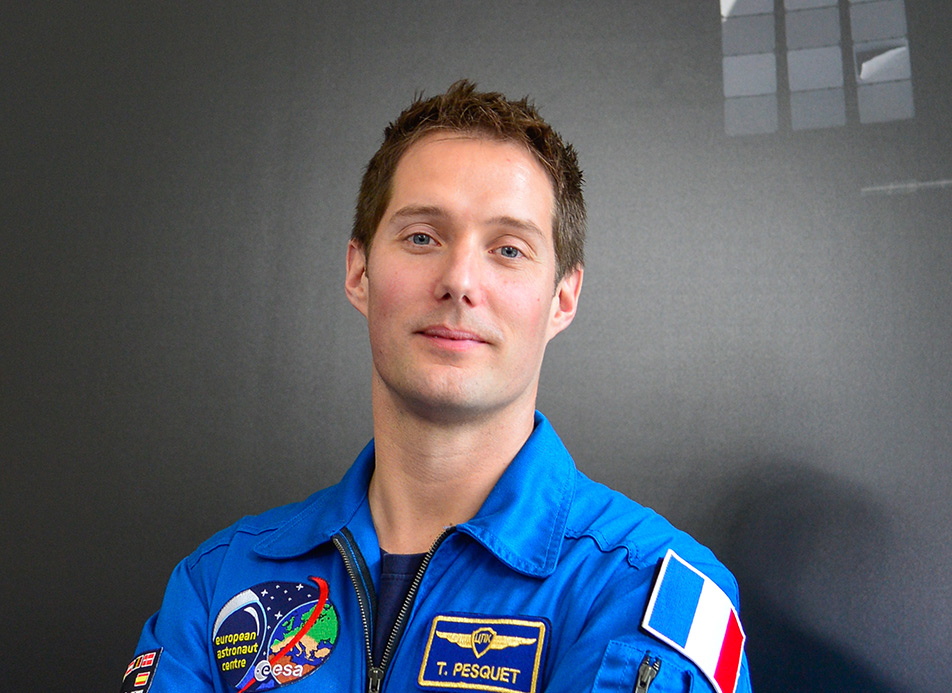Watch the replay of the first conference for Crew-2 with NASA astronauts Shane Kimbrough and Megan McArthur, and JAXA astronaut Akihiko Hoshide and ESA astronaut Thomas Pesquet, mission specialist. The conference was held on 1 March 2021 in the run-up for launch no earlier than 20 April. The conferences talked about the Falcon-9 boosters and SpaceX Dragon crew capsule used and much more.
- Kathy Lueders, NASA associate administrator for human exploration and operations, NASA Headquarters
- Steve Stich, manager, Commercial Crew Program, NASA’s Kennedy Space Center
- Joel Montalbano, manager, International Space Station, Johnson
- Benji Reed, senior director, Human Spaceflight Programs, SpaceX
- Hiroshi Sasaki, JAXA vice president and director general, Human Spaceflight Technology Directorate
- David Parker, director, Human and Robotic Exploration, ESA
Shane Kimbrough is commander of the Crew Dragon spacecraft and the Crew-2 mission. Kimbrough is responsible for all phases of flight, from launch to re-entry. He also will serve as an Expedition 65 flight engineer aboard the station. Selected as a NASA astronaut in 2004, Kimbrough first launched aboard space shuttle Endeavour for a visit to the station on the STS-126 mission in 2008, then aboard a Russian Soyuz spacecraft for Expedition 49/50 in 2016. He has spent a total of 189 days in space, and performed six spacewalks. Kimbrough also is a retired U.S. Army colonel and earned a bachelor’s degree in aerospace engineering from the United States Military Academy at West Point, New York, and a master’s degree in operations research from the Georgia Institute of Technology in Atlanta.
Megan McArthur is the pilot of the Crew Dragon spacecraft and second-in-command for the mission. McArthur is responsible for spacecraft systems and performance. She also will be a long-duration space station crew member, making her first trip to the space station. Selected as an astronaut in 2000, McArthur launched on space shuttle Atlantis as a mission specialist on STS-125, the final Hubble Space Telescope servicing mission, in 2009. McArthur operated the shuttle’s robotic arm over the course of the 12 days, 21 hours she spent in space, capturing the telescope and moving crew members during the five spacewalks needed to repair and upgrade it. She holds a bachelor’s degree in aerospace engineering from the University of California, Los Angeles, and a doctorate in oceanography from the University of California, San Diego.
Akihiko Hoshide is a mission specialist for Crew-2. As a mission specialist, he will work closely with the commander and pilot to monitor the vehicle during the dynamic launch and re-entry phases of flight. Once aboard the station, Hoshide will become a flight engineer for Expedition 65. Hoshide joined the National Space Development Agency of Japan (NASDA, currently JAXA) in 1992 and was selected as an astronaut candidate in February 1999. Hoshide is a veteran of two spaceflights. In June 2008, he flew to the International Space Station on the STS-124 mission to deliver the Japanese Experiment Module “Kibo” to the International Space Station. From July to November 2012, he stayed on the space station for 124 days as a flight engineer for the Expedition 32/33 mission. The Crew Dragon will be the third spacecraft that Noguchi has flown to the orbiting laboratory.
Thomas Pesquet will also be a mission specialist for Crew-2, working with the commander and pilot to monitor the vehicle during the dynamic launch and re-entry phases of flight. Pesquet also will become a long-duration crew member aboard the space station. He was selected as an astronaut candidate by ESA in May 2009 and worked as a Eurocom, communicating with astronauts during spaceflights from the mission control center. He previously flew as part of Expeditions 50 and 51, launching aboard a Russian Soyuz spacecraft and spending 196 days in space. His mission also included two spacewalks to maintain the station: one to replace batteries on an electrical channel, and one to fix a cooling leak and service the robotic arm.



